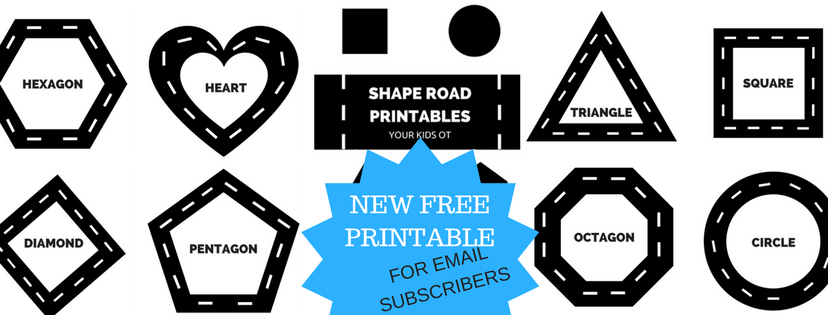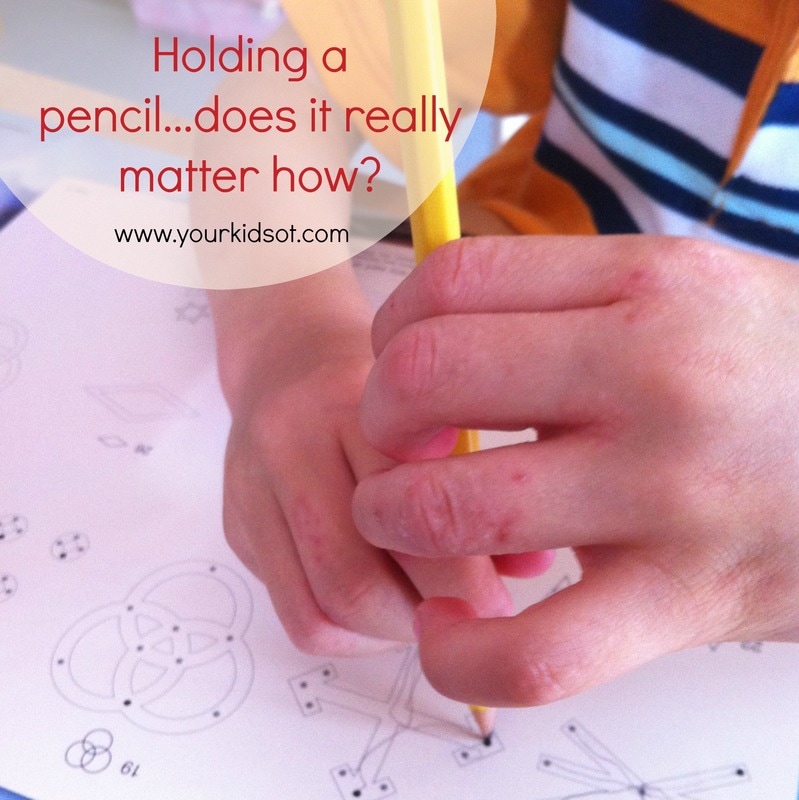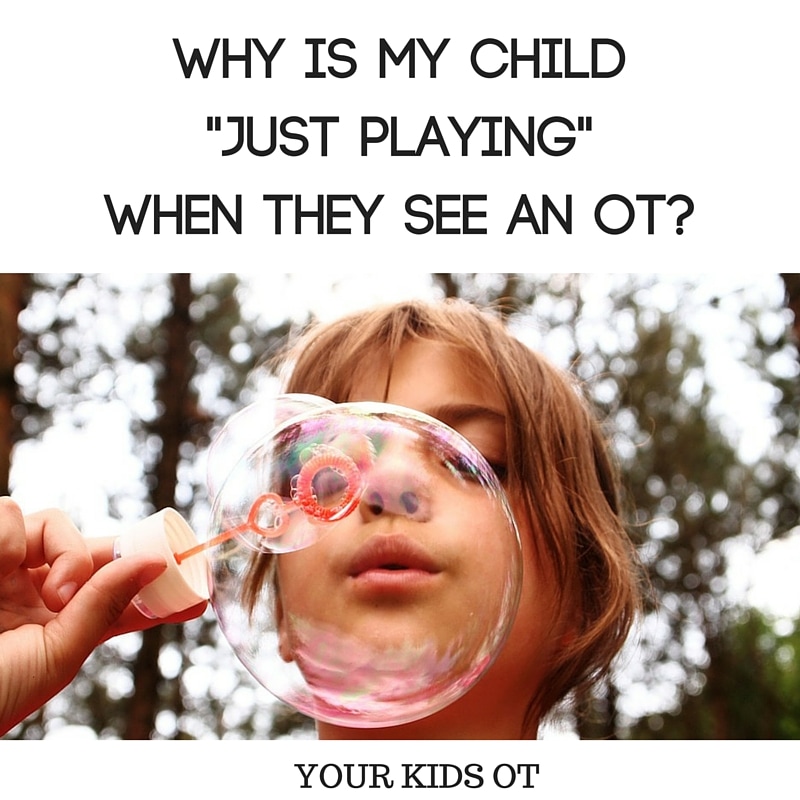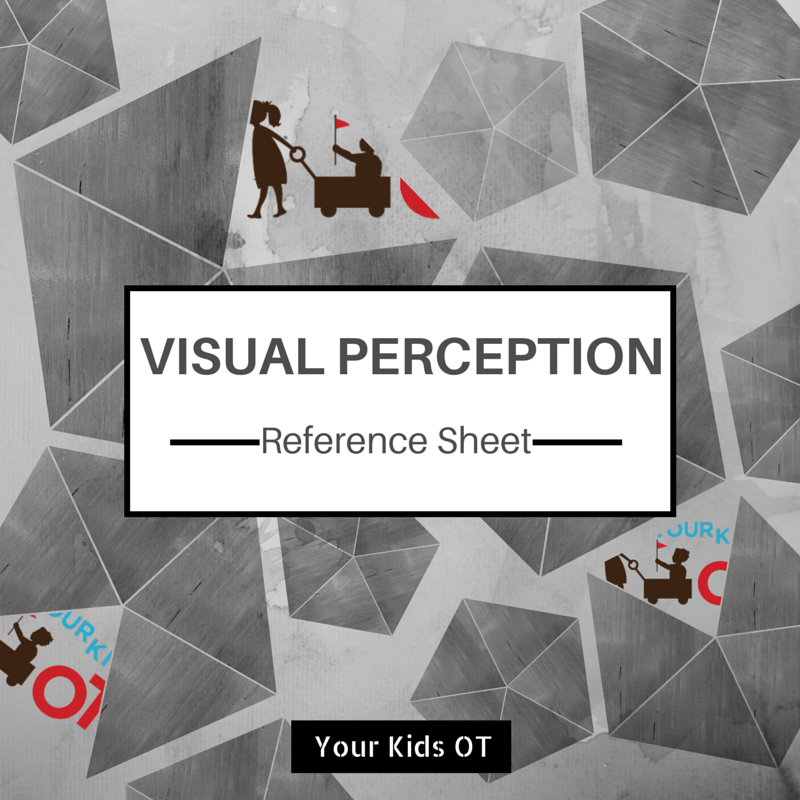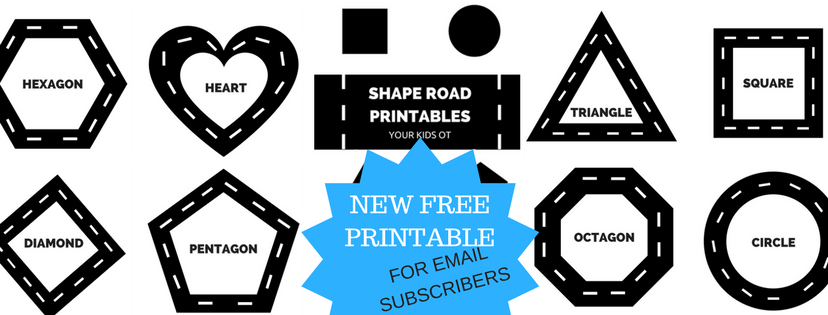|
Toys are a BIG thing for occupational therapists! Maybe we are just BIG kids that never quite grow up (Peter Pan style)? We get excited when we see new products released. We get thrilled when we see old products re-used or re-purposed. We are nostalgic about our old toys. We are curious to see how children "play". We love seeing children use their imaginations and interact with each other. We are fascinated when children use "non-toys" as "toys"! AND We love to see toys which help guide child development! This may be fostering curiosity, problem solving, creativity, cause and affect.... or developing skills (fine motor, gross motor, visual motor, sensory motor, etc)! But what fine motor skills are important with pencil grasp and handwriting? As occupational therapists, we are looking for more than a child's ability to play with Legos or pick up sultanas! These are the common examples that get shared with us in relation to fine motor skills. A child's ability to hold a pencil (ie. pencil grasp) and then use the pencil fluently and effectively may be influenced by a number of skills. Before we look at the hand and fine motor skills, we also need to consider the development of bilateral coordination skills (using both sides of the body in a coordinated way), being able to stabilise the body during writing and having the right posture (read about this at Miss Jaime OT). Important fine motor skills for pencil grasp and handwriting. • Pincer grasp - This is the neat "pinch" achieved between the thumb and index finger. Read more about this HERE. • Thumb opposition - This refers to the ability of the thumb to rotate and reach to touch all other fingertips of the same hand. Read more about this from The Inspired Treehouse HERE. • Palmar arches - This refers to the arch formed when we "cup" our hands and is related to the loops of blood vessels which are found in our hands. Read more about this from Irvine USD Special Education Preschool HERE. • Separation of the two sides of the hand - This the use of the thumb, index and third fingers of the hand whilst maintaining stability in the fourth and fifth fingers of the hand. Read more about this HERE. • Wrist stability and extension - This is the position of the wrist so that it is resting on the table and slightly extended so that the fingers can be used to control the pencil. This is one of the reasons as occupational therapists, we love to encourage working on a vertical surface or use of a slope board if necessary. • Hand strength - This refers to the contraction of the hand muscles to grasp a pencil to control it without fatigue or pain. Read more about hand strength HERE. • In-hand manipulation - This refers to the ability to move items around in the hand using precise finger movements and includes translation, rotation and shift. Read more about this in THE HANDWRITING BOOK. This is a list of MY favourite toys that help children in the fine motor skills they need for an efficient pencil grasp and fluent handwriting. 1. Wind-up toys. 2. Bubble Wrap 3. Travel-size toys (eg. connect four, battleship, mastermind) 4. Stick toys (eg. Kerplunk, Pop-up Pirate) 5. Wikki stix 6. Tweezer/tong games (eg. avalanche, Operation, ) 7. Squeeze Toys (eg. bath toys, claw activaters, popper toys, roll tongue animals etc) 8. Beads and lacing toys (eg. FILO, HAPE wooden beads) 9. Dice games (eg. Snakes and Ladders, Monopoly, etc) 10. Trigger finger games (eg. Hungry Hippos, jumping frogs) 11. Finger Lights 12. Playdough or putty games (Refer HERE for ideas!) 13. Finger puppets 14. Spinning tops 15. Elastic Band Toys (eg. loom bands, Thumbs up, etc) 16. Toys with small suction pads (eg. Squigz, Stik Bot, Oogi) 17. Screwdriver, nuts and bolts toys 18. Eye droppers 19. Mosaic tile games (Moza Blop - see photo) 20. Peg boards 21. Marble games (eg. Tricky Fingers, marble runs, marble maze) 22. Magnetic boards (eg. Magnatabs, Marbletick, magnetic drawing boards) 23. Stamps with ink pads 24. Stickers 25. Trigger toys (eg. small water pistol, pinball) Don't forget to look around your home for "loose parts"! "Loose parts" might be anything from buttons, toothpicks, pom poms, paper clips, sticks, elastic bands, coins, etc. These make great "tools" for fine motor play. Use them over my "Shape Roads" (which you can receive by subscribing HERE) or "Letter Roads" (read about this HERE). What are your favourite toys for the development of fine motor skills?
Disclosure: Affiliate links are included in this article to promote products that I recommend. Reviews and endorsements of products will only be made based on my expertise and personal opinion; and deemed worthy of such endorsement. The opinions shared in sponsored content will always be my own and not that of the advertising company or brand. You may also like:
Comments are closed.
|
AuthorHi, I'm Cindy and I am an Occupational Therapist. I enjoy working creatively with children to see them reach their potential. Read more about me here. SEARCH THIS SITE
Archives
June 2024
Categories
All
Popular Posts |
Join the YKOT e-newsletter!
Subscribe to get our latest content by email and receive
the SHAPE ROADS PRINTABLE NOW!

Success! Now check your email to confirm your subscription and receive your free printable!
Join our Mailing List!
Subscribe to get our latest content by email and receive
the SHAPE ROADS PRINTABLE NOW as a thankyou!

Success! Now check your email to confirm your subscription and receive your free printable!
Disclaimer: The information on this site is general in nature and should be used for educational and entertainment purposes. The activities are safe for most children, however, you should consult an Occupational Therapist or health professional to address specific movement, sensory or other medical conditions. This blog does not replace formal therapeutic professional advice given by a health professional or medical practitioner. Reviews and endorsements of products will only be made based on my expertise and personal opinion; and deemed worthy of such endorsement. The opinions shared in sponsored content will always be my own and not that of the advertising company or brand. Content, advertising space or posts will be clearly identified if paid, affiliated or sponsored. Affiliate links may be found throughout this website in advertising. This means that if you follow through with a purchase from these links, Your Kids OT will receive a percentage of the sale. Your Kids OT undertakes to meet the requirements of the "Social Media Policy" as published by Australian Health Practitioner Regulation Agency (AHPRA). Further information about this policy can be found here.
Find meFollow me |
About me
AuthorHi, I'm Cindy and I am an Occupational Therapist. I enjoy working creatively with children to see them reach their potential. Read more about me here. |
Copyright © 2017 Your Kid OT

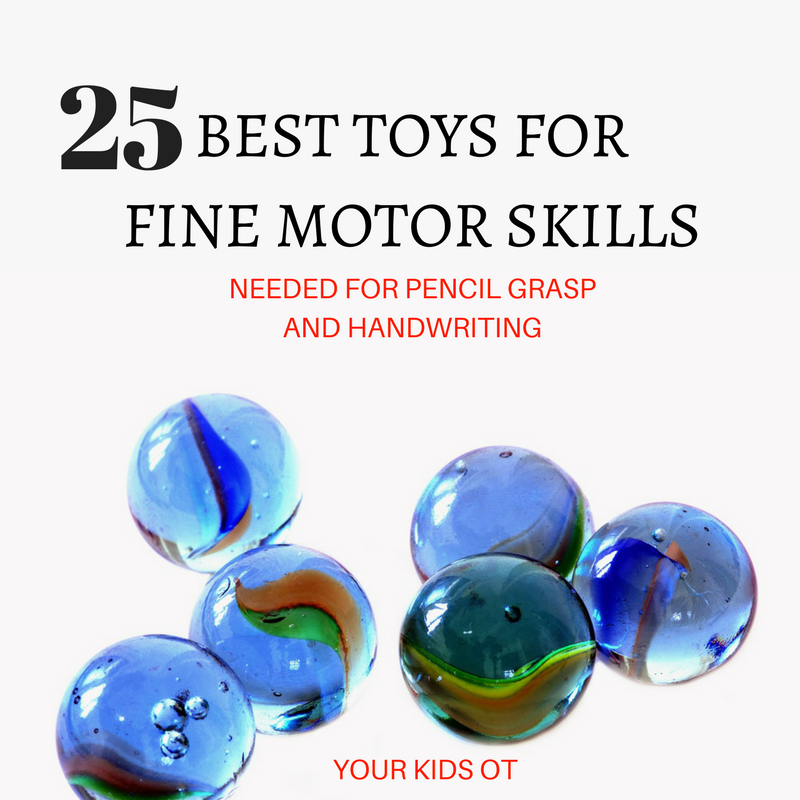
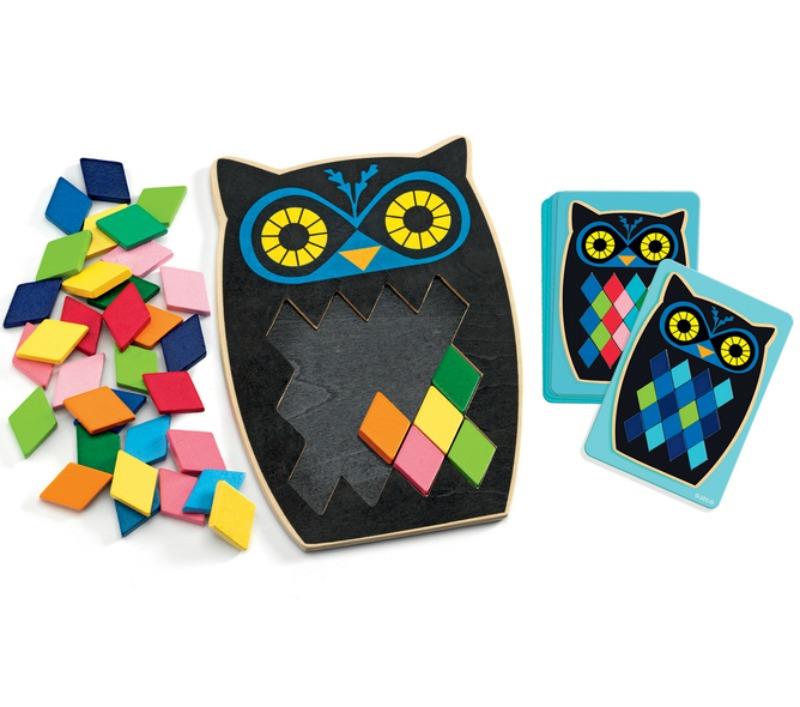
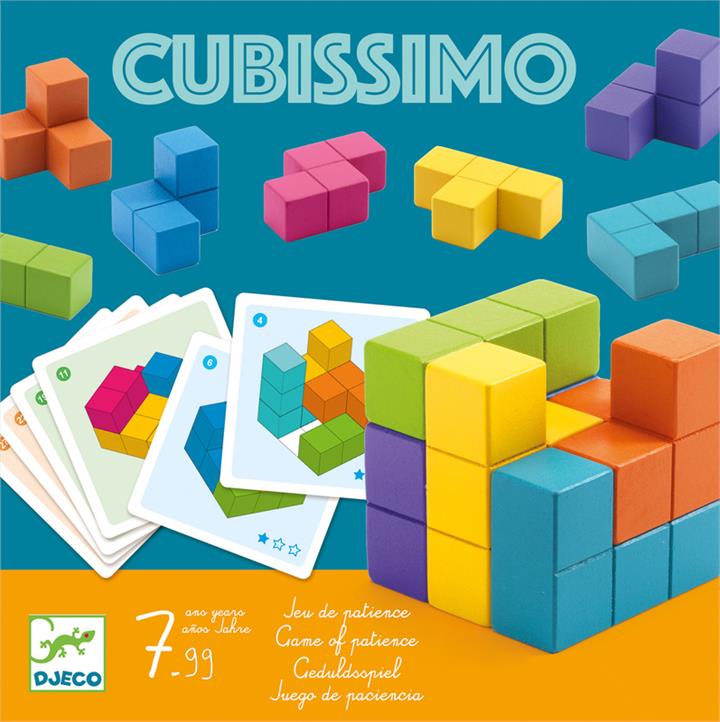
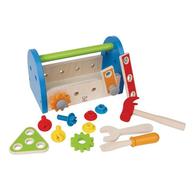
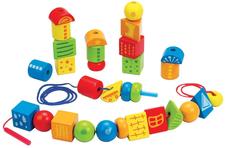
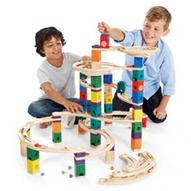
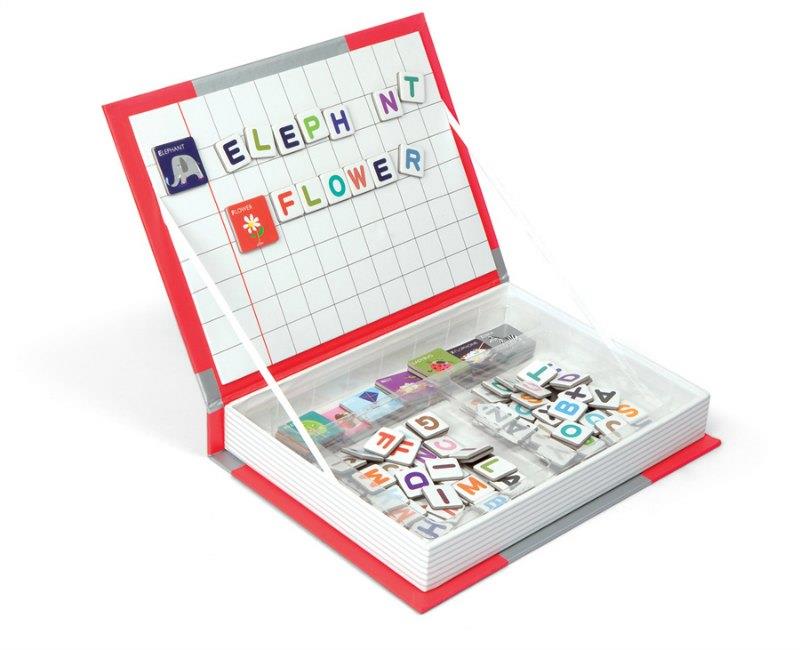
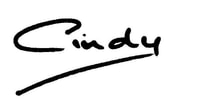
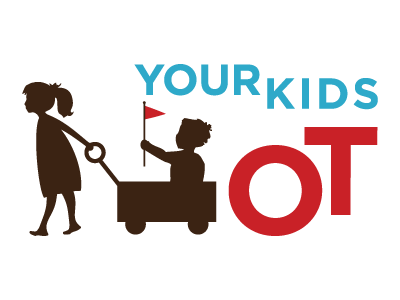
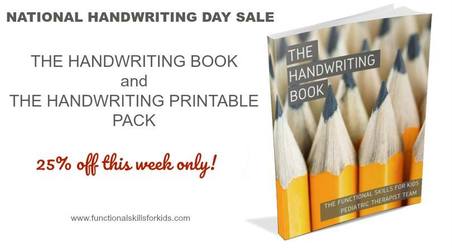
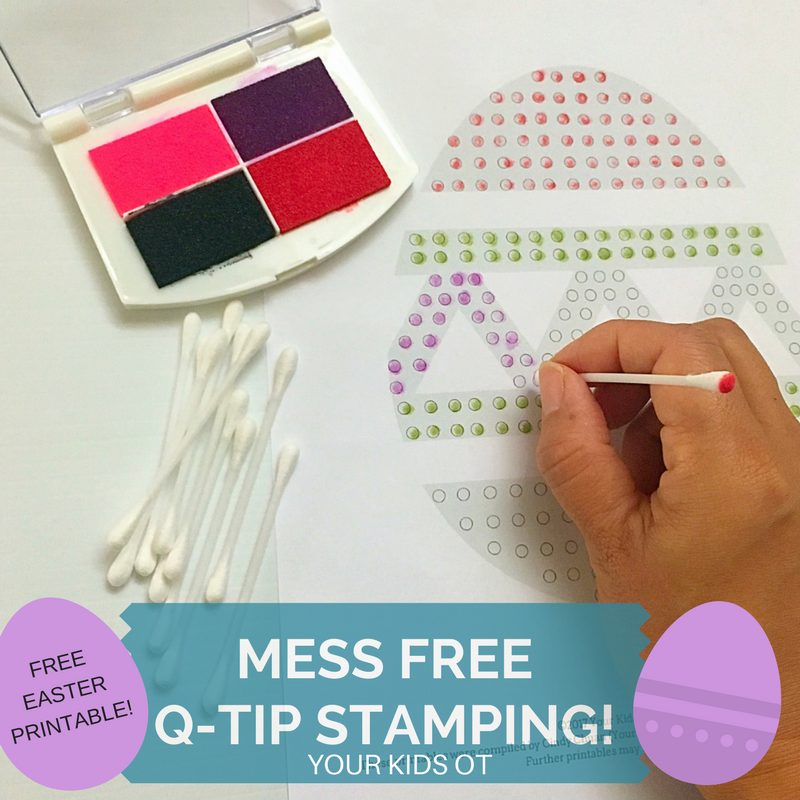
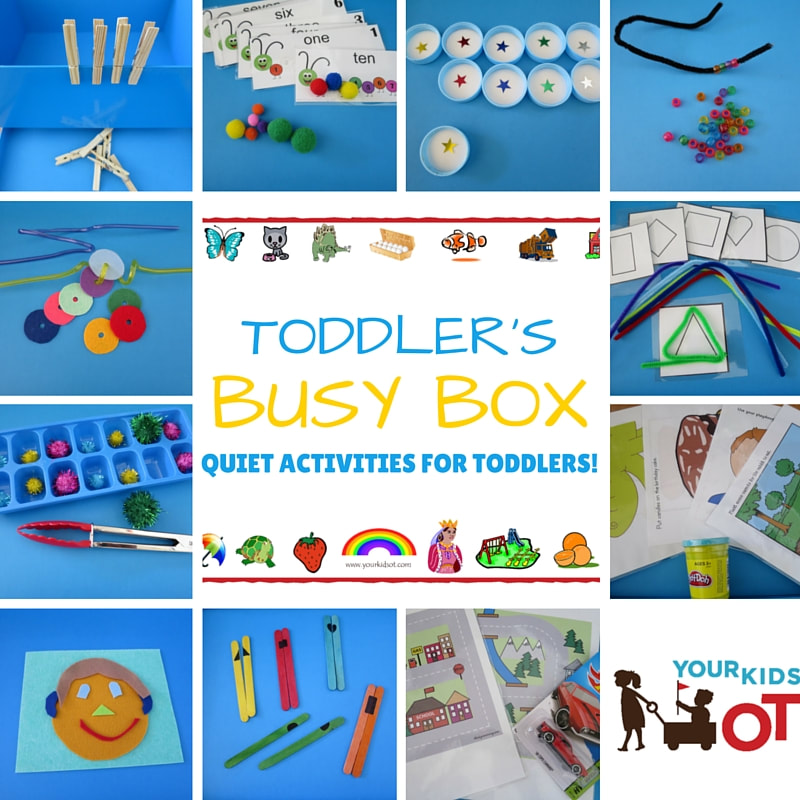
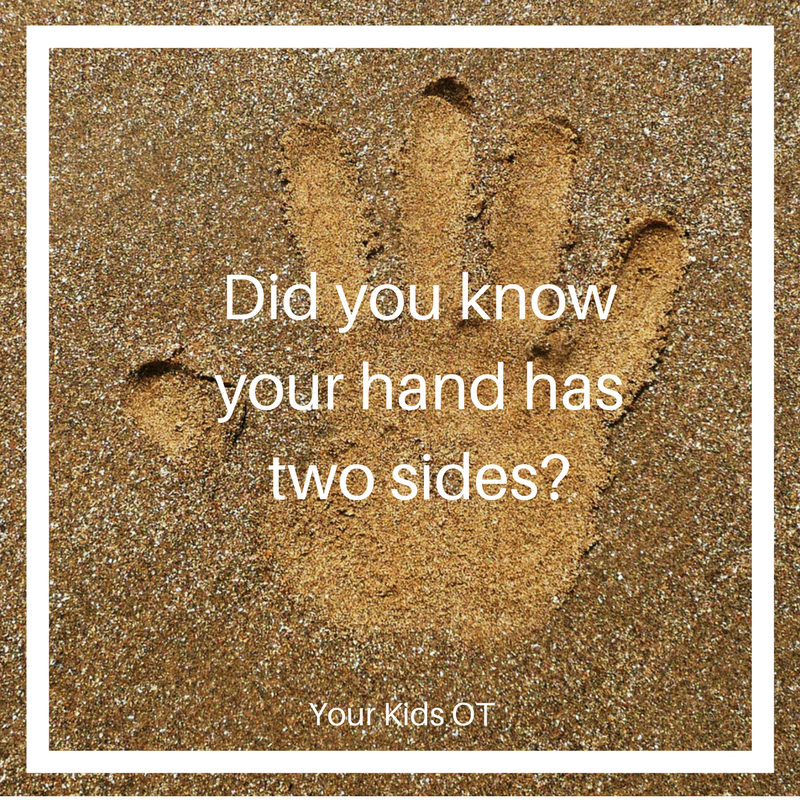

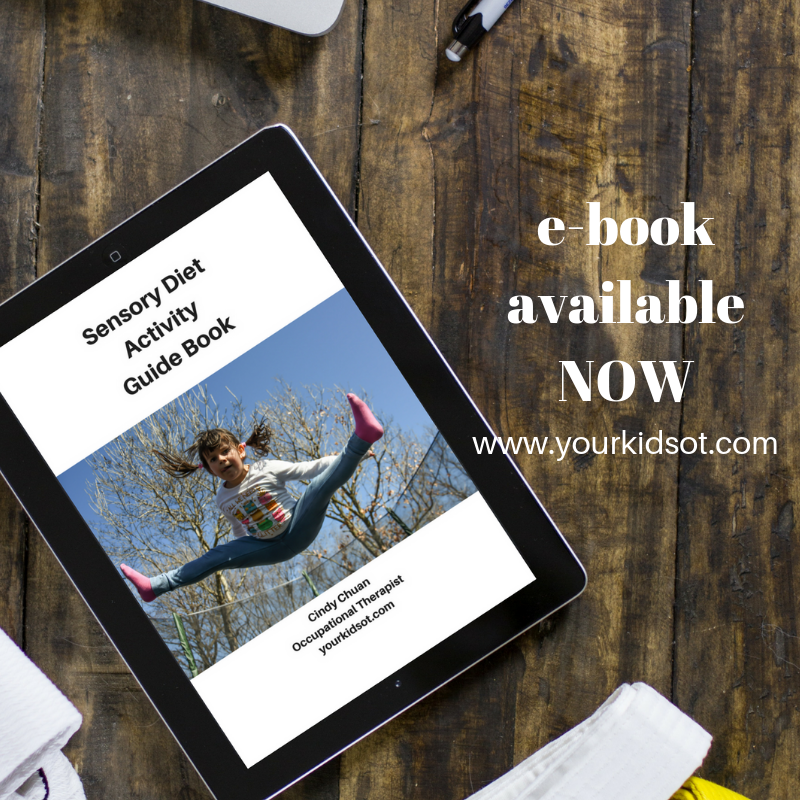
 RSS Feed
RSS Feed
